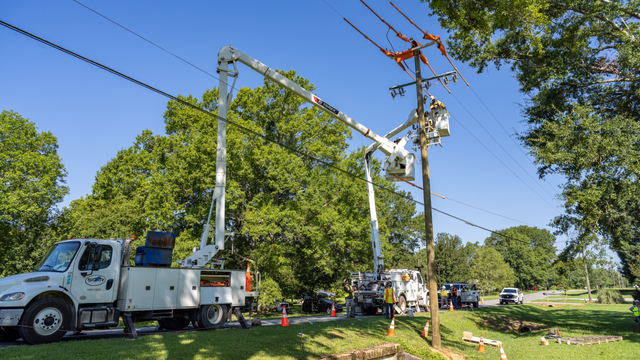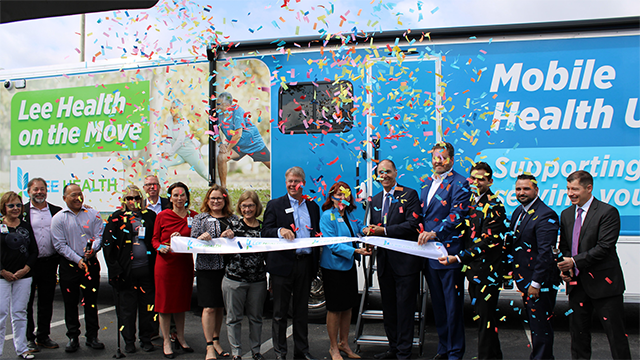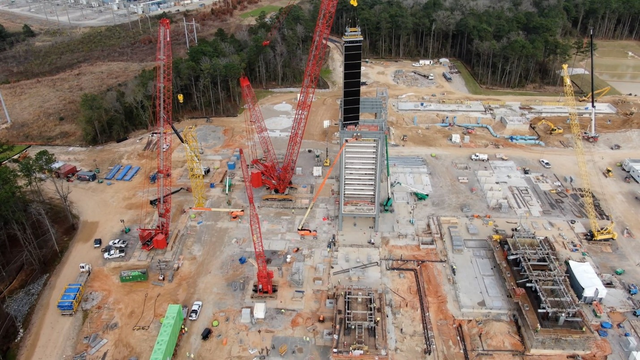By Lisa Fewins, Associate Vice President and Managing Director of Black & Veatch’s Environmental Business and Interim Corporate Sustainability Manager
Industry emissions and the simple acts of living every day is heating our world. Climate change is scientific fact. It’s a tangible part of our existence that no longer is focused thousands of miles away as ice sheets break off glaciers in the Artic or retreat from distant mountains. The consequences of our polluting actions have arrived at our doorsteps.
Shockingly, according to The Washington Post in September 2021, almost one in three Americans live in a county that has been hit by a weather disaster in the past four months. This year’s Climate Week NYC (September 20-26) marks the end of a summer in which extreme weather has caused undue hardships to many families, neighbors and communities throughout the country.
If the current generation wishes to live safely and sustainably on our planet – and leave a world capable of affording future generations opportunity to grow and prosper – the evidence is clear: the time for accelerating plans and investments in climate actions is now.
Is extreme weather a new normal?
Hurricane Ida dumped record amounts of rain for many days after making landfall in late August 2021 in Louisiana, where 150 mile-an-hour winds obliterated huge swaths of the electric grid. Continuing a path across several Mid-Atlantic and Northeast states, flash floods rushed into basements and up driveways, leading to significant loss of life, while images of a submerged Vine Street Expressway in Philadelphia – a major urban connection route and part of the Interstate system – trended on social media.
Apocalyptic scenes of fires resulting from record temperatures in the Pacific Northwest ravaged millions of acres of forest, haunting our summer as well. While not quite deemed a weather-related disaster, it’s worth noting that 64 percent of Americans live in places that experienced multi-day extreme heat waves this summer. As a result, we see government entities, like the Occupational Safety and Health Administration, having to take steps to protect workers from increasing heat through the development of rules governing heat exposure to protect those whose livelihoods support industries such as agricultural, construction and delivery services.
Chronic drought also persists in the Southwest, where – for the first time ever – federal officials declared a shortage at Lake Mead and imposed mandatory limitations as the water source for 40 million people in seven states reached an all-time low.
And if we cast our memories back just a little further to the start of the year: a winter storm blanketed Texas with snow, ice and record low temperatures, knocking out power and heat to millions of homes and businesses for days. Dozens died, water service was disrupted, and the vulnerability of essential power, water and other infrastructure services during these increasingly common and severe events was exposed.
Education, political will and sustainable by design
Seasoned climate, environmental and sustainability professionals among you may have noticed that until now I’ve resisted the use of industry and technical terms like decarbonization, net zero and emissions. While important words and concepts to guide government and industry action, overuse of these terms with the general public causes obstacles to understanding. Throughout the world, there are still gaps in people’s knowledge and acceptance of the science of climate change; according to The Economist, four out of 10 Americans today do not believe that global warming is caused by human activity.
Despite these many causes of concern, there still is much room for optimism, particularly as engineers who sit at the crossroads of the built and natural worlds. With more effective and empathetic education alongside a good portion of political will and investment, the solutions to save our world from a bleak future are here today. Both what we deliver and – equally as important, how we deliver infrastructure – can create a more sustainable world and protect the most vulnerable members of society.
As noted by the Environmental Protection Agency’s recent report on Climate Change and Social Vulnerability in the United States, a growing body of literature points to the disproportionate and unequal risks of climate change across society. As just one example cited, those with low income or no high school diploma are approximately 25 percent more likely to currently live in areas with the highest projected losses of labor hours due to increases in high-temperature days with 2°C of global warming.
Applying the Institute of Sustainable Infrastructure’s Envision framework, a recognized blueprint for sustainable infrastructure, means that additional social or community benefits can be planned for and realized during the design, construction and operation of infrastructure. More resilient and equitable outcomes can be achieved in parallel with environmental benefits from an increasing array of affordable technical solutions.
Solar power – now at price parity with competing power generation technologies – promises to be one of the great successes of the early 21st century. With utility-scale deployments continuing at pace across the pandemic in 2020 and 2021, it is also a ready-made climate solution for commercial and industrial companies seeking more concrete methods of reducing carbon than tree-based offset strategies. Large IT companies such as Microsoft, Google, Facebook and others can build their own solar microgrid solutions to sustainably power their campuses or data centers.
Likewise, many other sustainable solutions are here or just around the corner. For semiconductor companies including Intel, it is possible to build fabrication facilities in drought-stricken regions using proven water recycling processes. FedEx and UPS distribution fleets one day could all be electric or fuel-cell vehicles, while energy dense green hydrogen offers breakthrough opportunities for hard-to-abate industries like steel manufacturing.
There is no way around it: climate change is here. To solve our crisis, we must think about individuals – real people – and how their worlds and jobs can and must change. It is only by bringing our best selves together that we can solve what is the one of the biggest threats we have ever faced in our lifetime. As engineers and constructors, we can shape a sustainable future for all.





